Digital technology
Digital technology is used to store, process and share computer data about almost all aspects of our lives and society. This is underpinned by computer technology, including hardware, software and networks. It is essential that these systems and their data should be secured to protect them, and us, from cyber threats.
Essential digital skills
Being able to use digital technology increases opportunities to engage in society, including finding information, accessing essential services and communicating with other people.
Creativity and communication
Having access to vast quantities of information, media and statistical data requires skills to navigate but also to scrutinise its reliability and veracity. Digital technology provides a wide range of media through which to express our thoughts, feelings and ideas and to engage with others’ self-expression. Digital technology should be considered part of any a potential solution when problem solving or innovative thinking.
Citizenship
As digital technology is increasingly embedded in all aspects of our lives we should consider how we engage with it and how this may affect us and others. The means to create, publish and communicate online should be democratic and of benefit to individuals and society. Human rights should be central to the design and function of these systems and services. Lessening the environmental impact, through manufacture and use, should be a priority in the lifecycle of technology



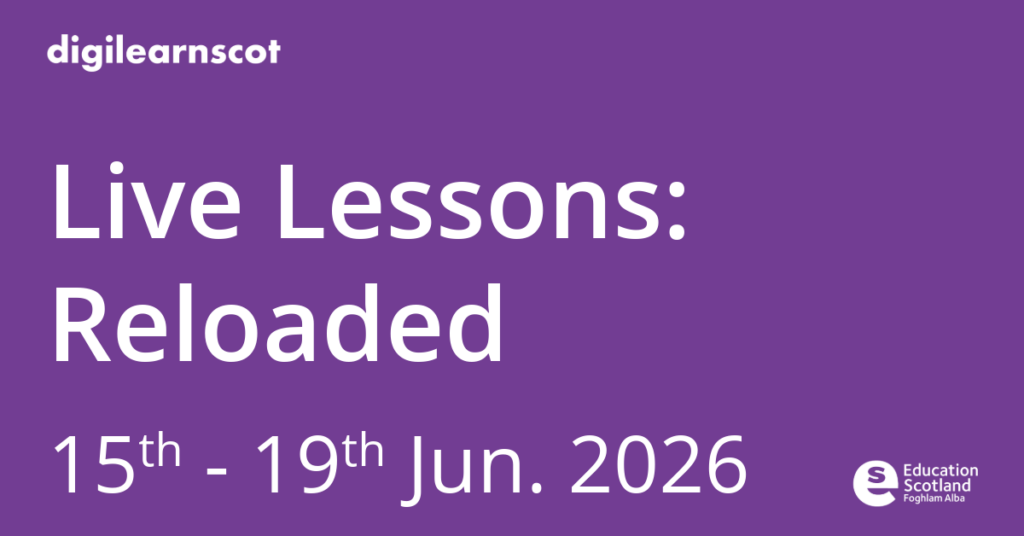
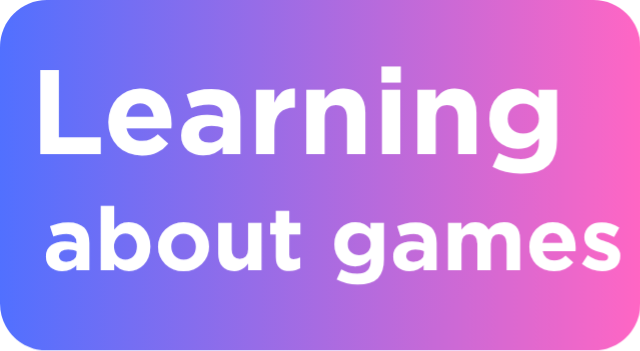




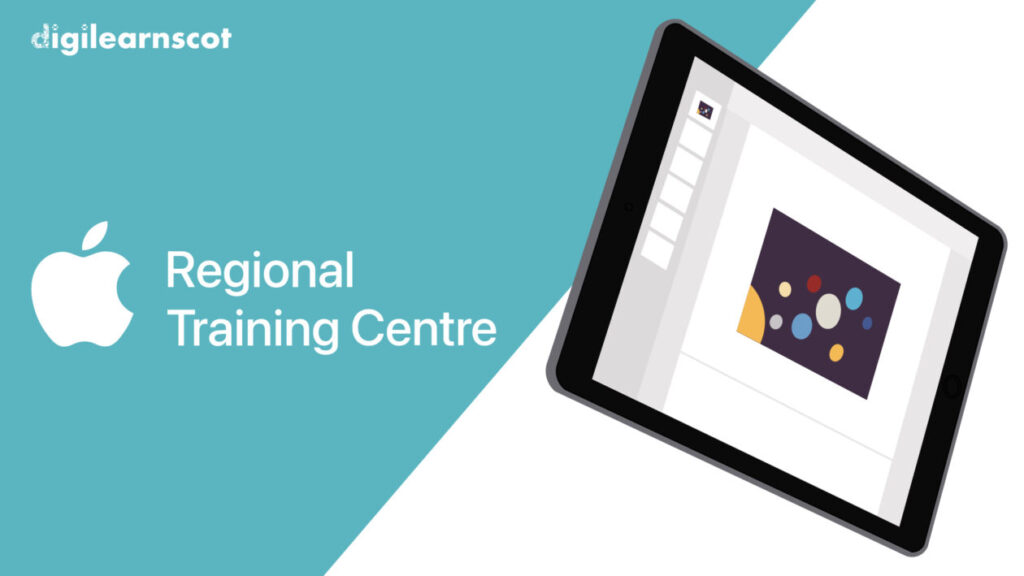
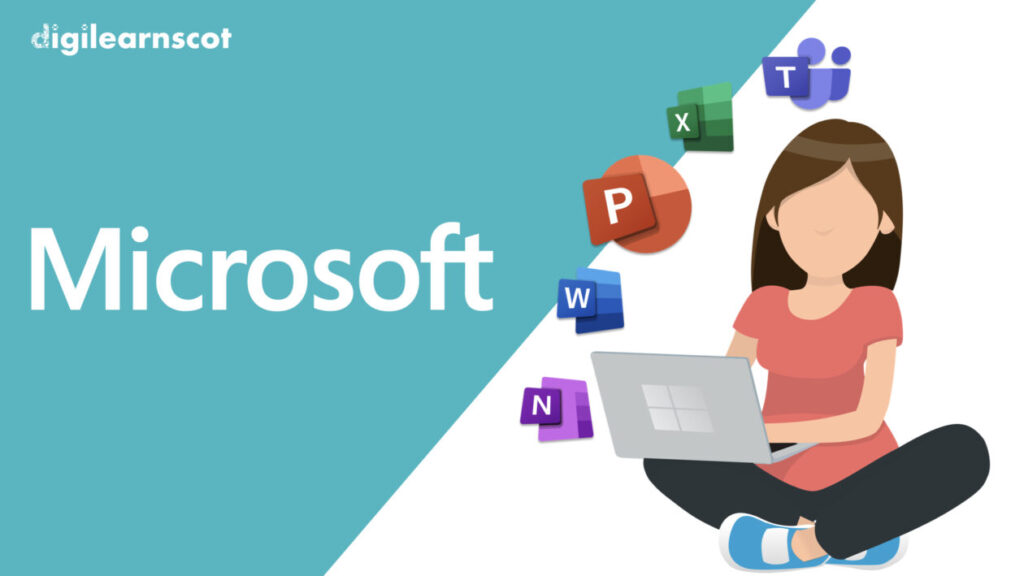
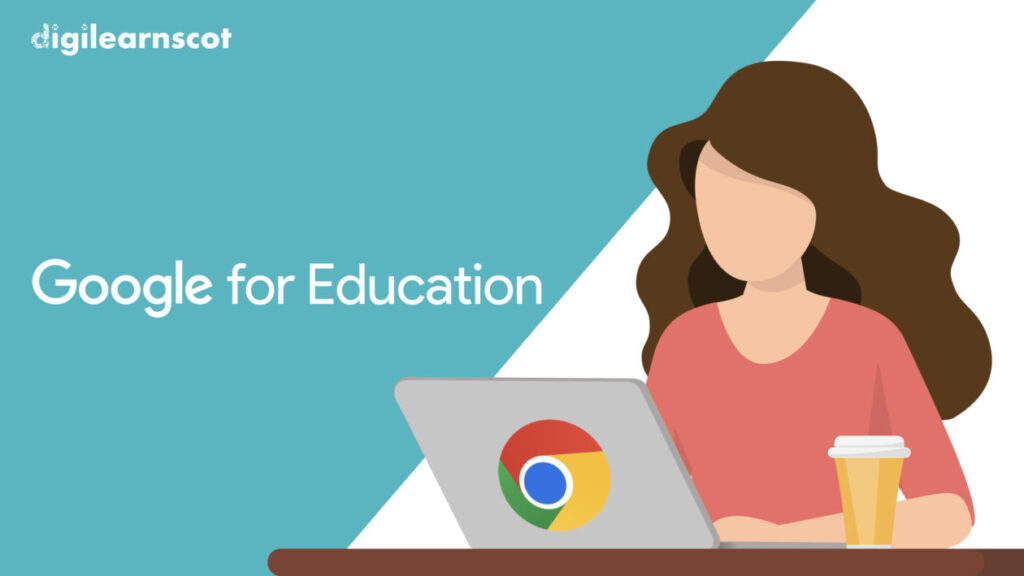



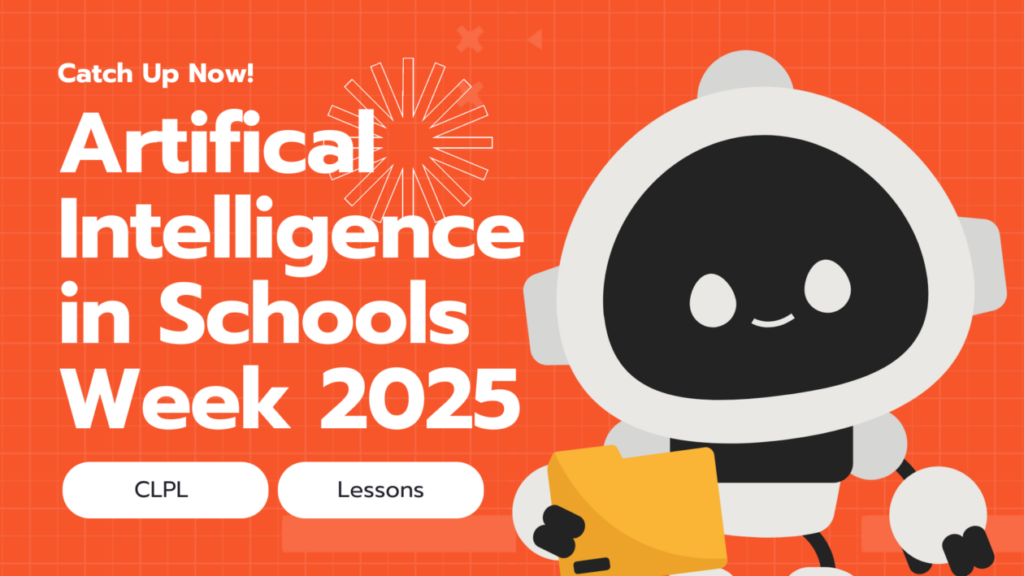
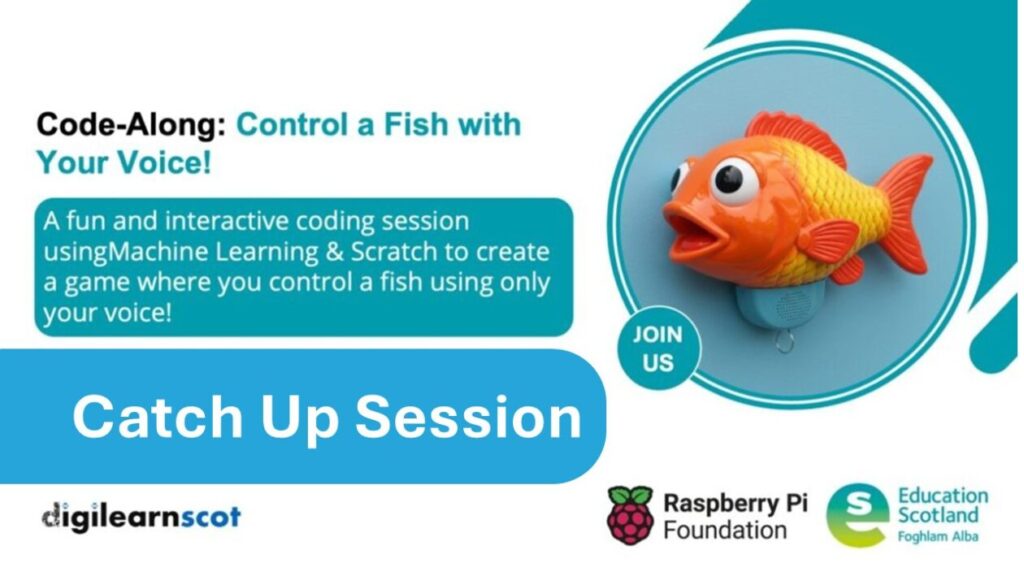


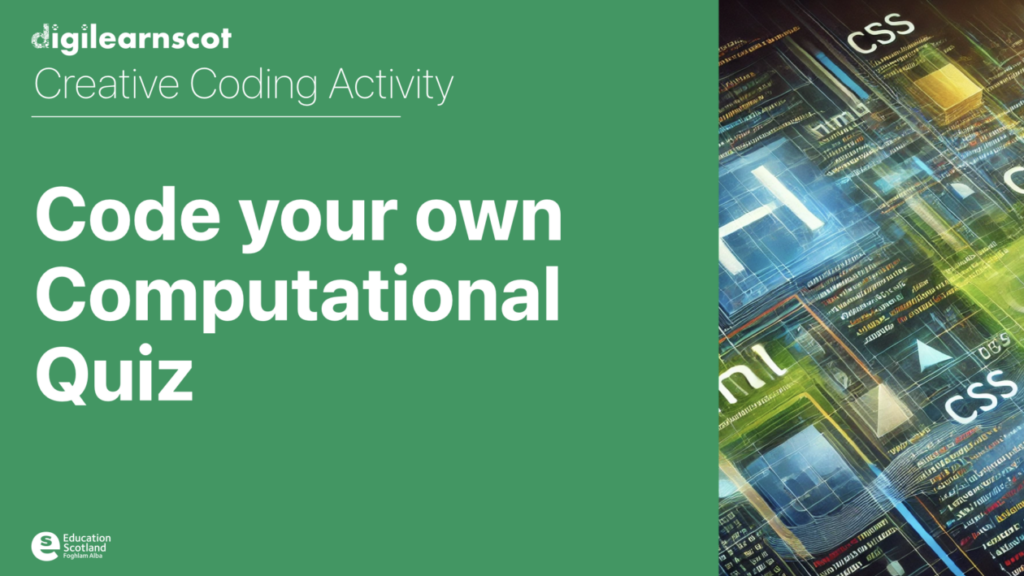
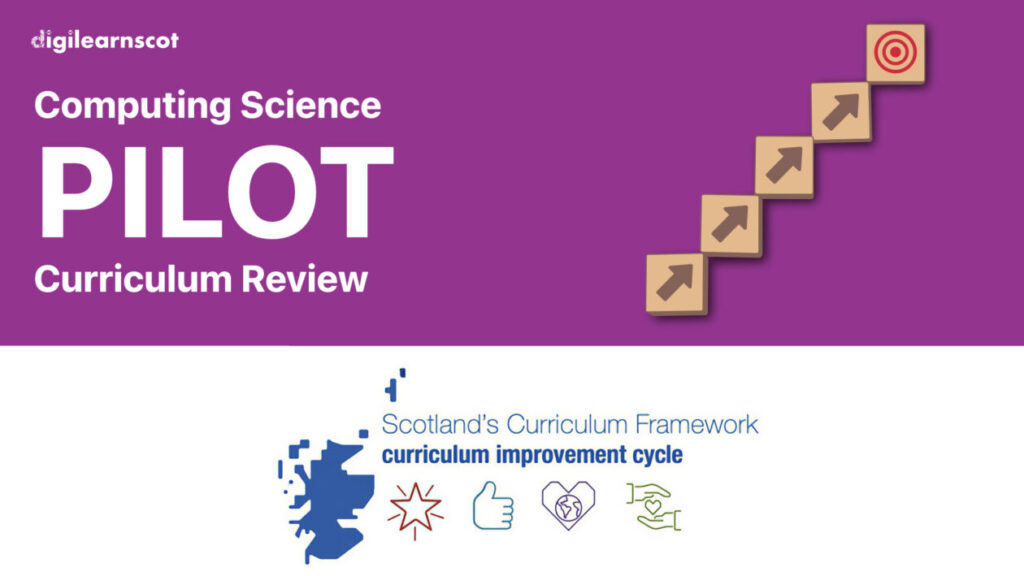










You must be logged in to post a comment.